Baby at 5 Months: Twice the Size, Double the Fun
The months have passed by, and your baby at 5 Months has grown tremendously – she may be twice the size she was at birth. Not only is her tiny body growing in size, but so are her entire surroundings. In her early attempts at dialogue, she may show an interest in complex shapes and patterns, and she may even try to chatter to you. Enjoy the trip as you watch your baby grow and develop this month, and keep reading to find out what amazing things your baby will discover!

Milestones in Infant Development
Let’s take a look at what wonderful and sometimes difficult changes await you this month.
Physical Development and Growth: Twice the Size
Each baby is unique and develops at her own pace, but by the time she’s 5 months old, she should be about double her birth weight. Babies this age acquire about 14 pounds and grow 0.8 inches in length per month on average. Your baby’s healthcare professional will use infant growth charts to monitor her growth and ensure that it is consistent.
Red and blue are your baby’s favourite colours.
Your baby’s eyesight continues to improve, and she can now see much farther than previously. You may notice that reds and blues are her favourites because those are the colours she prefers to look at. Your little girl will most likely like staring at more complicated patterns and shapes as her vision develops, so don’t be afraid to show her picture books and posters with strong and elaborate designs.
Building Stronger Core Muscles Through Movement
Your baby is growing stronger, and she is working hard to develop those vital core muscles. She can now lift and hold her head and chest while lying on her tummy. As she raises her head and chest, she will continue to strengthen these muscles. Perhaps she’ll wiggle her legs and rock back and forth on her tummy. This isn’t just her being cute; it’s how she’s gaining strength to eventually roll over and crawl.
Personality: Your Child Experiments
Babies are quick learners, and each encounter will teach your child so much. Around 5 months of age, your baby will begin to understand that every action has a reaction. Perhaps she’ll kick her mattress and observe how the crib rocks or she’ll drop something and watch how quickly you pick it up. This will pique her interest, and she will investigate how she might influence the environment around her. As a parent, you may grow tired of picking up a fallen rattle for the umpteenth time but indulge her as long as it’s safe. Make certain she does not play with anything she can choke on, as well as anything that is breakable, sharp, or toxic. Experimenting helps her brain development and gives her a greater understanding of how she may influence her environment.
Your baby’s ability to absorb knowledge like a sponge will captivate you as her cognitive capacities develop. Take her for walks around the neighbourhood, talk to her, and show her new things to keep her mind occupied. She will adore books with large, brilliantly coloured illustrations. You can also assist her in developing her language abilities by naming new items she observes. She may even babble back as though she understands what you’re saying. Pause for a second when speaking with her to allow her to give you her “response.” These are your first, early discussions with your child, and while she may not make much sense at 5 months old, isn’t it wonderful to communicate with your child? The more you do it, the better she becomes, and in a few months, she’ll be ready to pronounce her first words.
A Day in the Life of Your Baby
Every baby is different, but here’s a glimpse of what a typical day could look like with your baby.
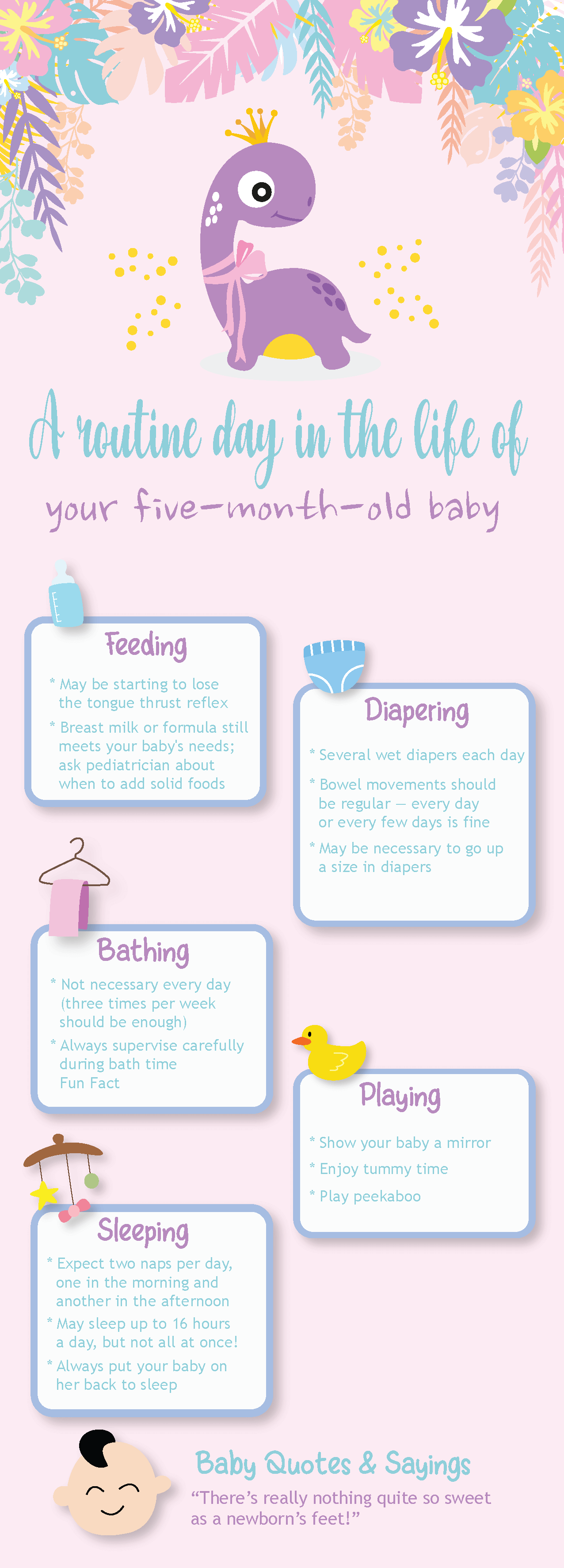
How to Support Your Baby’s Development
Your child has worked hard to build strong neck and shoulder muscles. She will utilize these muscles to sit up, roll over, crawl, and eventually walk in the coming months. Continue to provide frequent tummy time sessions to assist your child to develop these skills. If possible, try to perform it twice or three times every day. You can increase the frequency of tummy time as she becomes used to it to help her acquire strength and confidence. Always keep her awake during tummy time and never leave her alone.
How to Feed Your 5-Month-Old Baby
At 5 months, your baby may be consuming four to six ounces of breast milk or formula per feeding, if not more. She may require more calories if she experiences a growth spurt, which can occur at any moment; you may notice one when your baby is about 6 months old. Follow her hunger cues and feed her on demand whenever she appears hungry.
How Much Sleep Does a 5-Month-Old Infant Require?
Your infant will sleep 12 to 16 hours each day during this period. This includes sleeping for an extended period of time with only a few brief awakenings. Each baby is unique, but hopefully, she won’t need to be fed in the middle of the night by this age. Five-month-old newborns still require a number of naps and will sleep three to four hours per day. If you’re having trouble getting your baby to sleep, check out our video tutorial for advice on creating a solid bedtime routine.
This page is based on professional advice from reputable medical and government organizations, such as the American Academy of Pediatrics and the American College of Obstetricians and Gynecologists. This page’s material should not be used in place of professional medical advice. For a complete diagnosis and treatment, always seek the advice of a medical expert.




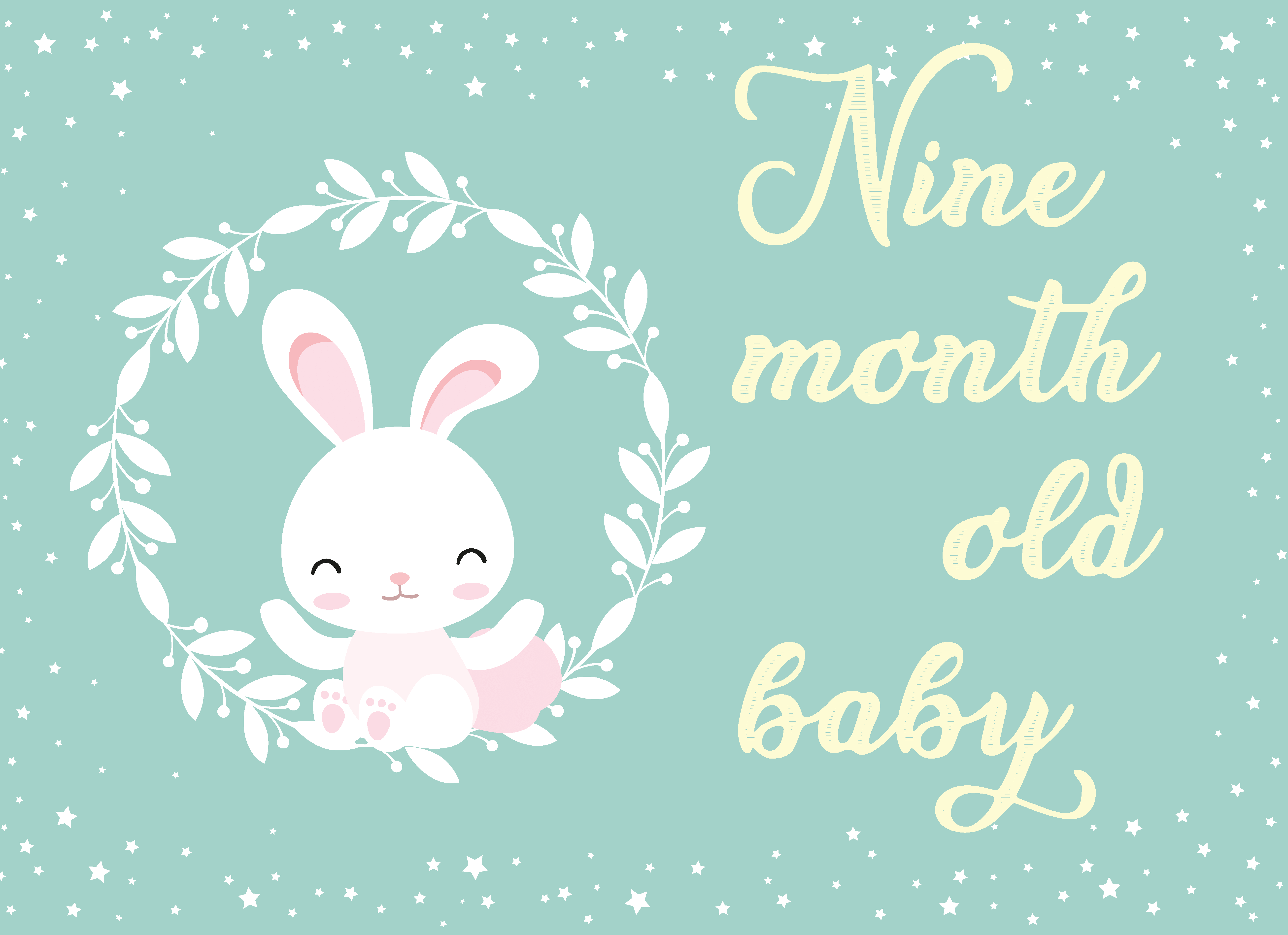


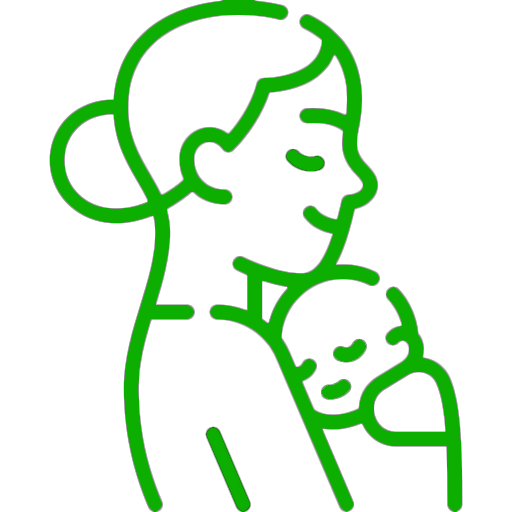
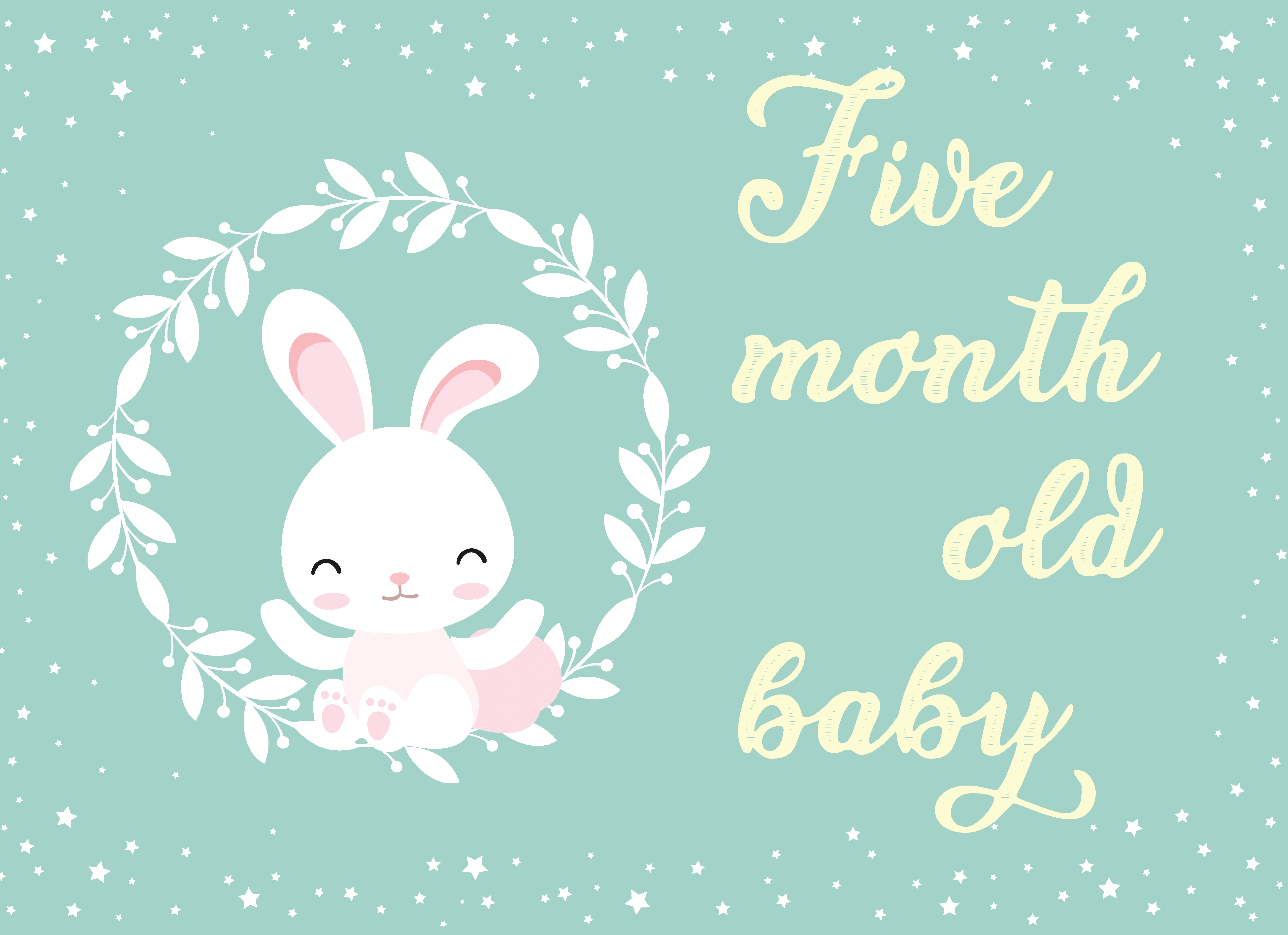

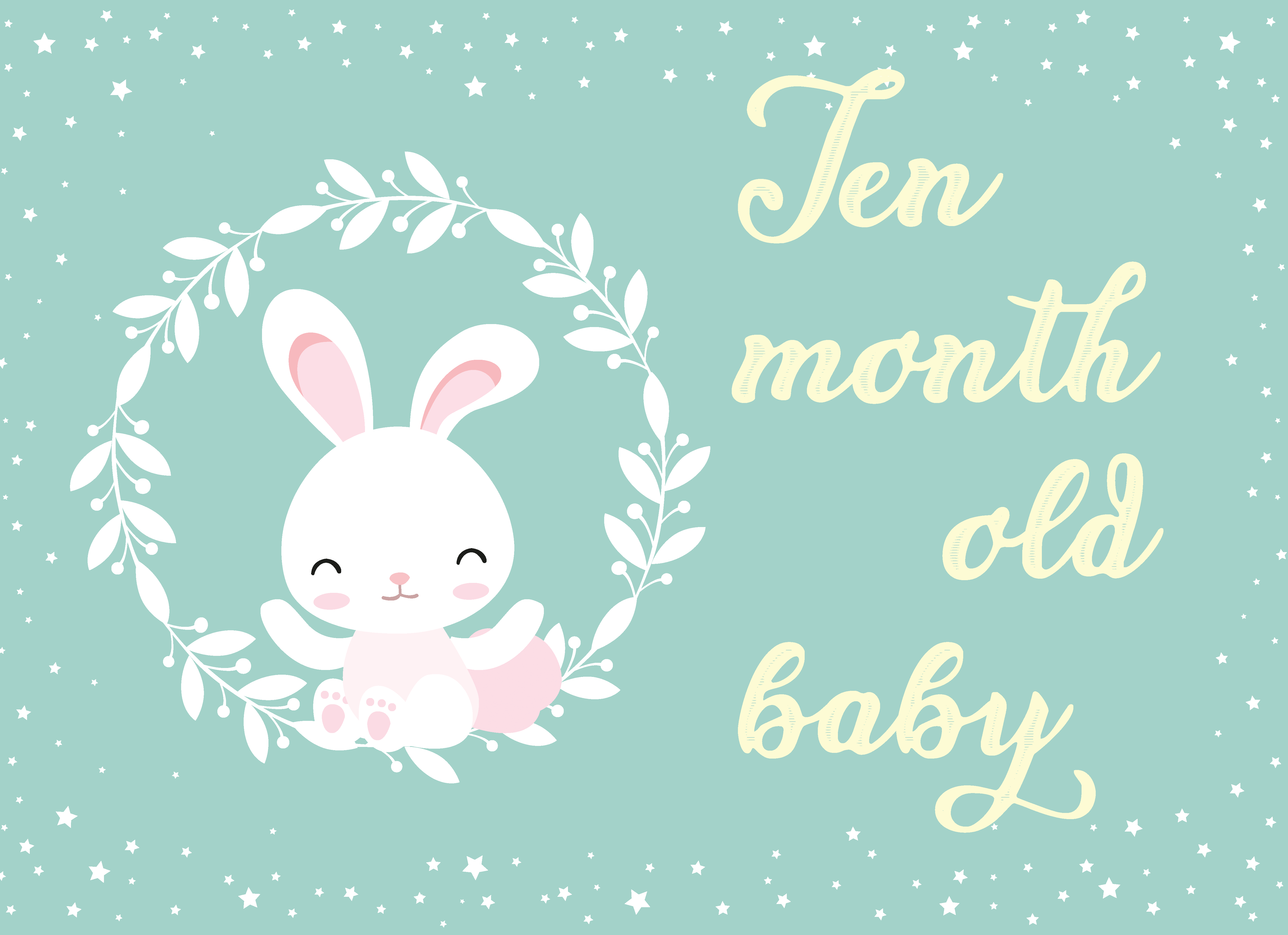
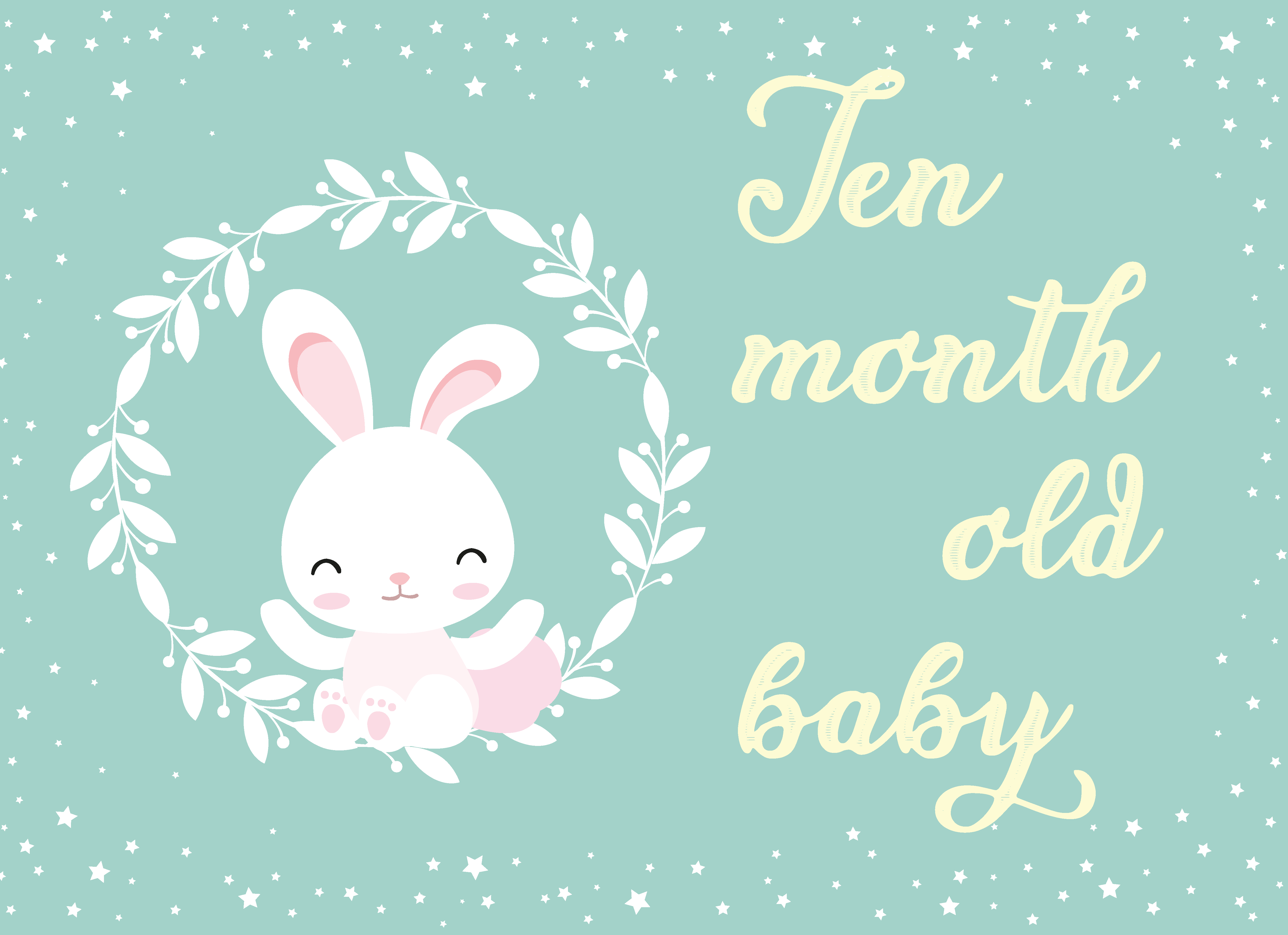


Leave a Reply
View Comments